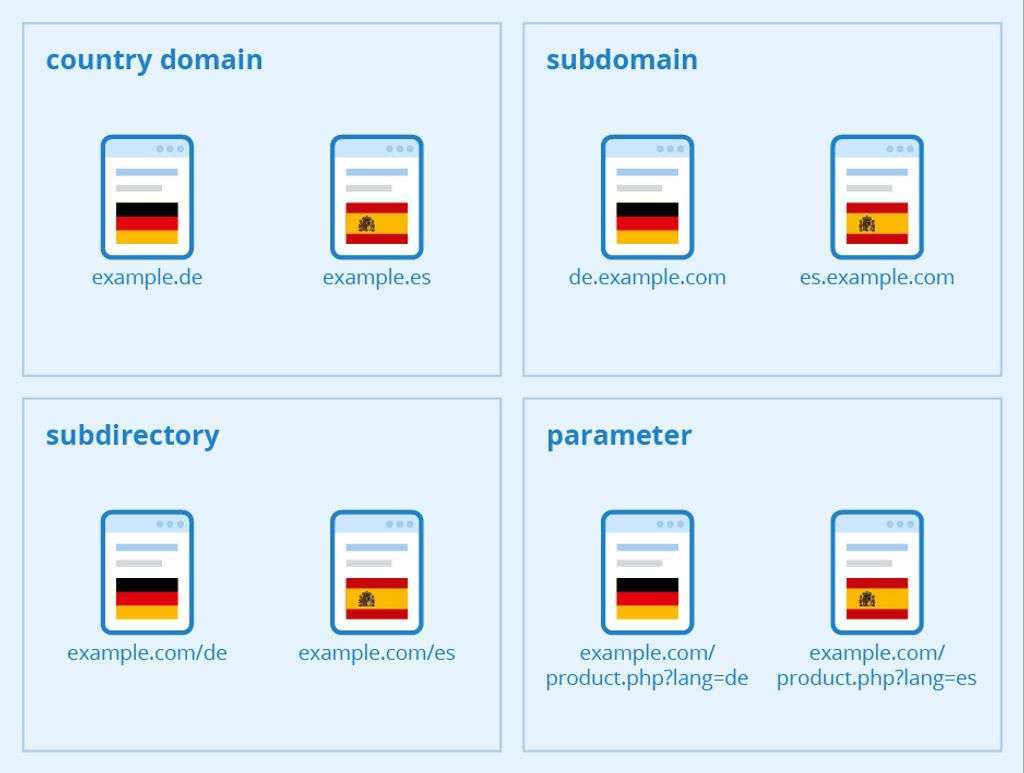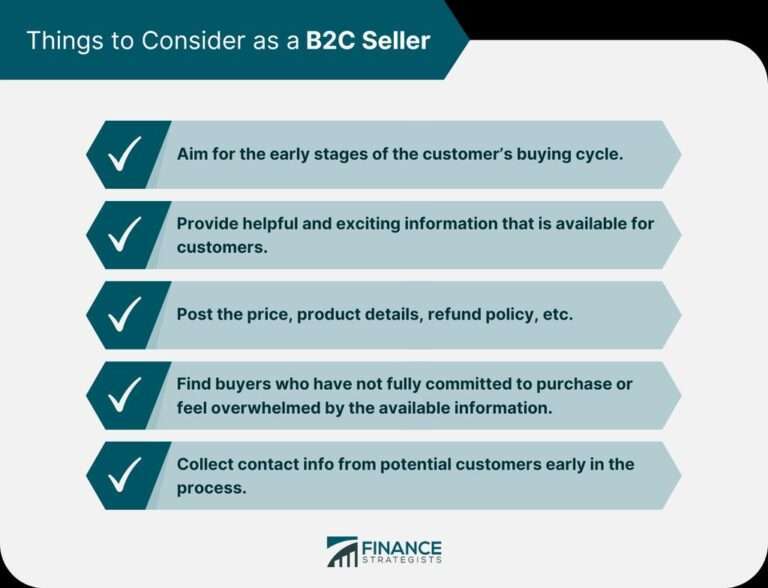What is Multilingual Content Marketing?
Overview
What is Multilingual Content Marketing?
Multilingual content marketing is a strategic approach that involves creating and distributing valuable content in multiple languages to engage and connect with a diverse audience. It allows businesses to expand their reach, increase brand awareness, and drive customer engagement on a global scale. By tailoring content to different languages and cultures, companies can establish a strong presence in international markets and build trust with their target audience. Key insights of this article include understanding the importance of content localization, best practices for localizing content, choosing the right translation approach, and defining key performance indicators to measure the success of multilingual content marketing. Implementing multilingual content marketing can be challenging, but with the right strategies and tools, businesses can overcome these obstacles and reap the benefits of a global content strategy.
CTA: Visit Unifire to learn more about how you can effectively implement multilingual content marketing and reach a wider audience.
How to Section:
- Identify your target audience: Conduct thorough research to understand the languages and cultures of your target audience.
- Develop a content localization strategy: Create a plan for translating and adapting your content to different languages and cultural nuances.
- Choose the right translation approach: Determine whether to use machine translation, human translation, or a combination of both.
- Ensure quality in translations: Implement a review process to ensure accuracy, consistency, and cultural appropriateness in translated content.
- Measure and analyze performance: Define key performance indicators (KPIs) to track the success of your multilingual content marketing efforts.
- Optimize your content strategy: Continuously evaluate and refine your strategy based on performance data and audience feedback.
Benefits of Multilingual Content Marketing
Multilingual content marketing offers valuable insights and strategies for businesses looking to expand their reach and engage with a global audience. By creating content in multiple languages, companies can tap into new markets, increase brand visibility, and connect with customers on a deeper level. This approach allows businesses to tailor their messaging to different cultural contexts, improving the overall user experience and driving customer loyalty. Additionally, multilingual content marketing can help businesses stay ahead of the competition by positioning themselves as industry leaders in international markets. With the right translation and localization strategies, companies can effectively communicate their brand message and build strong relationships with customers around the world.
Challenges of Implementing Multilingual Content Marketing
Implementing multilingual content marketing comes with its fair share of challenges. One of the key challenges is ensuring that the content is effectively localized to resonate with the target audience in different regions. This involves understanding the cultural nuances, preferences, and language differences of each market. Another challenge is choosing the right translation approach. Different languages may require different translation strategies, and it is important to select the most suitable approach to maintain the accuracy and quality of the content. Additionally, managing the workflow of multilingual content can be complex, especially when dealing with multiple languages and versions. Coordinating translation, editing, and publishing across different languages requires careful planning and organization. Despite these challenges, implementing multilingual content marketing can bring significant benefits to businesses, such as expanding their reach, increasing brand awareness, and driving customer engagement in global markets.
Content Localization
Understanding the Importance of Content Localization
As a content marketer, you understand the importance of reaching a global audience with your message. Content localization is the key to effectively engaging with audiences in different languages and cultures. By adapting your content to resonate with local preferences and customs, you can create a more personalized and impactful experience for your target audience. This involves more than just translating your content word-for-word. It requires a deep understanding of the local market, including cultural nuances, idioms, and even legal requirements. Content localization allows you to connect with your audience on a deeper level, building trust and credibility. It also helps you avoid potential pitfalls and miscommunications that can arise from a one-size-fits-all approach. By investing in content localization, you can unlock new opportunities for growth and expand your reach to untapped markets.
Best Practices for Localizing Content
When it comes to localizing your content, there are several key insights to keep in mind. First and foremost, it’s important to understand that content localization goes beyond simply translating your content word-for-word. It involves adapting your message to resonate with the cultural nuances and preferences of your target audience. This means taking into account factors such as language, imagery, symbols, and even humor. By doing so, you can ensure that your content is not only understood but also appreciated by your international audience.
Another best practice is to prioritize depth over high-level explanations. Instead of providing a surface-level overview of your product or service, take the time to delve into the details and provide comprehensive information. This will not only demonstrate your expertise but also build trust with your global customers.
Additionally, it’s important to ensure consistency across all your localized content. This includes maintaining a consistent brand voice, style, and messaging. By doing so, you can strengthen your brand identity and enhance brand visibility across different markets.
To achieve these best practices, utilizing the right tools and technologies for content localization is crucial. There are various translation management systems and localization platforms available that can streamline the localization process and ensure accuracy and efficiency.
In conclusion, when localizing your content, remember to go beyond translation, prioritize depth, maintain consistency, and leverage the right tools. By following these best practices, you can effectively reach and engage your international audience, ultimately driving brand visibility and expanding your global presence.
CTA: Ready to take your content localization to the next level? Try Unifire today!
Tools and Technologies for Content Localization
Now that you understand the importance of content localization and the best practices for localizing content, let’s explore some of the tools and technologies that can help streamline the localization process. Unifire is one such tool that offers a comprehensive solution for multilingual content marketing. With Unifire, you can easily upload your content and have it transformed into localized versions in multiple languages. The platform leverages advanced AI and machine learning algorithms to ensure accurate translations that are culturally sensitive. By using Unifire, you can save time and resources, while still maintaining the quality and effectiveness of your localized content.
CTA: To learn more about how Unifire can help you with your multilingual content marketing efforts, visit their website at Unifire.
How to: To implement content localization effectively, follow these steps:
- Conduct thorough market research to understand your target audience in different regions.
- Develop a localization strategy that takes into account cultural nuances and preferences.
- Utilize translation tools and technologies, such as Unifire, to streamline the localization process.
- Collaborate with native speakers and in-country experts to ensure accuracy and cultural sensitivity.
- Test and optimize your localized content to ensure it resonates with your target audience.
By following these steps and leveraging the right tools and technologies, you can successfully implement a multilingual content marketing strategy that effectively engages and resonates with your global audience.
Translation Strategies
Choosing the Right Translation Approach
When it comes to choosing the right translation approach, there are several factors to consider. Exploring different methods and strategies is crucial to ensure the accuracy and effectiveness of your multilingual content. One important aspect to consider is the level of expertise required for each approach. Some projects may benefit from machine translation, while others may require human translation to capture the nuances and cultural context of the content. Another factor to consider is the time and resources available for translation. Automated translation tools can be a cost-effective and efficient solution for large volumes of content, while professional translation services may be necessary for high-quality and specialized content. Ultimately, the right translation approach will depend on your specific goals, target audience, and budget. By carefully evaluating and exploring different options, you can find the approach that best suits your needs and ensures the success of your multilingual content strategy.
Ensuring Quality in Translations
When it comes to ensuring quality in translations, there are several key factors to consider. First and foremost, choosing the right translation approach is crucial. This involves understanding the nuances of the target language and culture, as well as the specific requirements of the content. It’s important to work with skilled translators who are fluent in both the source and target languages, and who have expertise in the subject matter. Additionally, implementing a thorough review and editing process can help catch any errors or inconsistencies in the translated content. This may involve working with proofreaders or using automated tools to check for grammar, spelling, and formatting issues. Finally, maintaining clear communication with the translation team throughout the process is essential to ensure that the final product meets the desired quality standards. By following these steps, you can ensure that your translated content is accurate, culturally appropriate, and effectively conveys your message to the target audience.
Managing Multilingual Content Workflow
Managing multilingual content workflow is a complex task that requires careful planning and coordination. One of the key insights of this article is the importance of establishing a centralized system for managing multilingual content. This system should include clear guidelines and processes for content creation, translation, and localization. It is essential to connect with professional translators and localization experts who can ensure accurate and culturally appropriate translations. Additionally, implementing a content management system that supports multilingual content can streamline the workflow and facilitate collaboration among team members. By effectively managing the multilingual content workflow, businesses can ensure consistent messaging and reach a wider global audience.
Measuring Success
Defining Key Performance Indicators (KPIs)
Key performance indicators (KPIs) are essential for measuring the success of your multilingual content marketing strategy. By defining specific KPIs, you can track the performance of your content across different languages and markets. Some common KPIs to consider include website traffic, engagement metrics, conversion rates, and revenue generated from each language or market. It is important to align your KPIs with your overall business goals to ensure that your multilingual content is effectively contributing to your organization’s success. Additionally, regularly analyzing and evaluating your KPIs will provide valuable insights into the effectiveness of your multilingual content strategy. By identifying areas of improvement, you can optimize your content to better engage with your target audience and drive desired actions. To effectively measure the success of your multilingual content marketing efforts, it is crucial to have the right tools and technologies in place. Investing in content management systems that support multilingual content, translation management platforms, and analytics tools will enable you to efficiently manage and analyze your multilingual content. With these tools, you can gain a deeper understanding of your audience’s preferences and behaviors, and make data-driven decisions to improve your content localization and translation strategies. At Unifire, we offer a comprehensive suite of solutions to help you implement and optimize your multilingual content marketing strategy. Our platform provides seamless integration with popular content management systems, advanced translation management features, and powerful analytics capabilities. Take the next step in your multilingual content journey and sign up for a free trial of Unifire today.
Analyzing Multilingual Content Performance
Analyzing the performance of your multilingual content is crucial for the success of your language strategy. By analyzing the data and metrics, you can gain insights into how well your content is resonating with different language audiences. This analysis allows you to identify areas of improvement and optimize your multilingual content strategy. Some key metrics to consider when analyzing multilingual content performance include engagement rates, conversion rates, and audience demographics. By understanding how your content is performing, you can make data-driven decisions to enhance your language strategy and better connect with your target audience.
Optimizing Multilingual Content Strategy
After understanding the importance of content localization and implementing effective translation strategies, the next step in optimizing your multilingual content strategy is to focus on reaching a diverse audience. By tailoring your content to different languages and cultures, you can ensure that your message resonates with individuals from various backgrounds. This requires conducting thorough market research and identifying the specific needs and preferences of your target audience. Additionally, it is crucial to continuously analyze the performance of your multilingual content and make necessary optimizations to improve engagement and conversion rates. By adopting a data-driven approach and leveraging the right tools and technologies for content localization and translation, you can effectively optimize your multilingual content strategy and maximize its impact.
Measuring success is crucial for any business or individual striving to achieve their goals. At Unifire, we understand the importance of tracking and analyzing key metrics to determine the effectiveness of your efforts. Our innovative platform allows you to extract summaries, keywords, and titles from your podcast episodes, helping you repurpose your content and reach a wider audience. Whether you’re a podcaster looking to optimize your episodes or a content creator seeking to maximize the impact of your work, Unifire provides the tools you need to measure success and take your content to the next level. Visit our website today to learn more and start harnessing the power of data-driven decision making.







